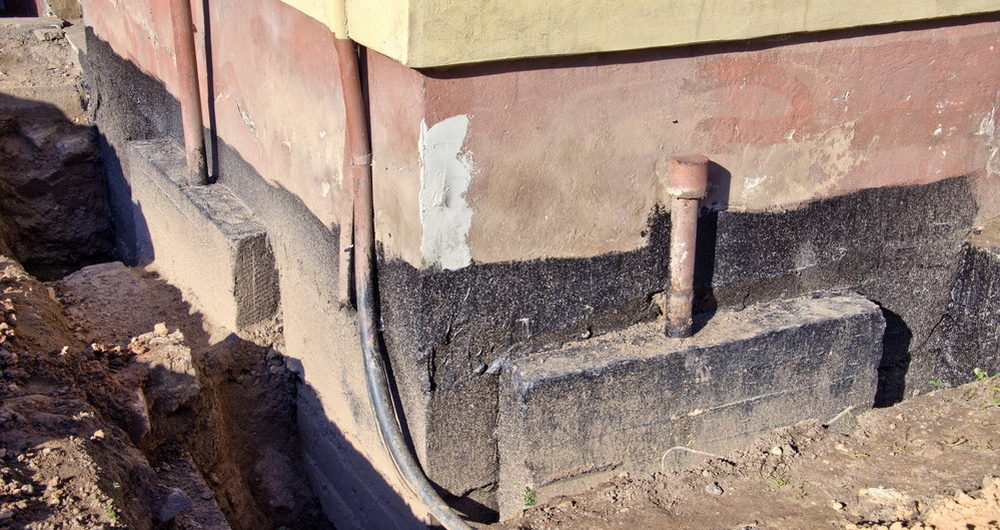Sinking foundations and concrete slabs can be fixed in several different ways. One option is something known as slab jacking. It is closely related to mud jacking, a process that accomplishes the same thing but with different materials.
Mud jacking is the older of the two processes. It has been used in this country since the turn of the 20th century. Craftsmen have relied on mud jacking to raise a sinking foundation, restore stone staircases, and repair concrete slabs.
In this post you will read about the physics of mud and slab jacking. You will understand how the processes work and why they are so effective for repairing sinking concrete. You might consider mud or slab jacking on your own property if you are having problems with sinking.
The Basic Jacking Concept
Mud and slab jacking are based on the same concept as jacking up a car. Contractors use a material to get underneath a sinking foundation or concrete slab and raise it up to its original level. Jacking is a time-tested principle that has been used safely to repair everything from broken sidewalks to sinking foundations.
Unlike jacking up a car though, mud and slab jacking are meant to be long-term solutions. Depending on the condition of the property and the cause of the sinking, a properly implemented repair can last for several decades.
The key is the material used to support the sinking structure. In a mud jacking scenario, contractors use a slurry made up a variety of materials including sand, gravel, and ash. Some even throw in Portland cement for extra strength. As the material is pumped into the void underneath the sinking structure, pressure created by the pump raises up the concrete.
Slab jacking is different in that contractors use an expanding foam product instead of a soil-based slurry. The foam expands fairly rapidly and hardens like rock. Here’s the difference: rather than pump pressure raising the sinking structure, it is the pressure created by the expanding foam that does the job in a slab jacking scenario.
Pressure Raises the Concrete
In both cases, the physics are the same. Both processes create pressure after the filler material fills in all of the voided space. That pressure works like hydraulic fluid to raise the sinking structure. And because both filler materials are hard and dense enough to do the job, there are no worries about them failing under the weight of the concrete or stone.
Pressure is an amazing thing. It is what prevents the shell of a submarine from collapsing under the weight of the water. Pressure keeps a balloon inflated and an above-ground pool erect. It is what causes water to run through your pipes and keeps blood running through your veins.
How Repairs Are Made
Now that you know the physics behind slab jacking, perhaps you’re curious as to how foundation and slab repairs are made. According to the Concrete Raising Company in Salt Lake City, Utah, the process is fairly simple. It starts with an assessment to determine where the underlying voids likely are.
Next, technicians drill holes in the structure at key points. The holes give the contractor access to the voids underneath. Next, tubes are fed into the holes and the filler material is pumped in. Pumping continues until the voids are completely full and the subsequent pressure has returned the structure to its original level.
Finally, the tubes are removed, and the holes are filled with concrete. The entire thing can be done in a few hours in most cases. And now you know.





